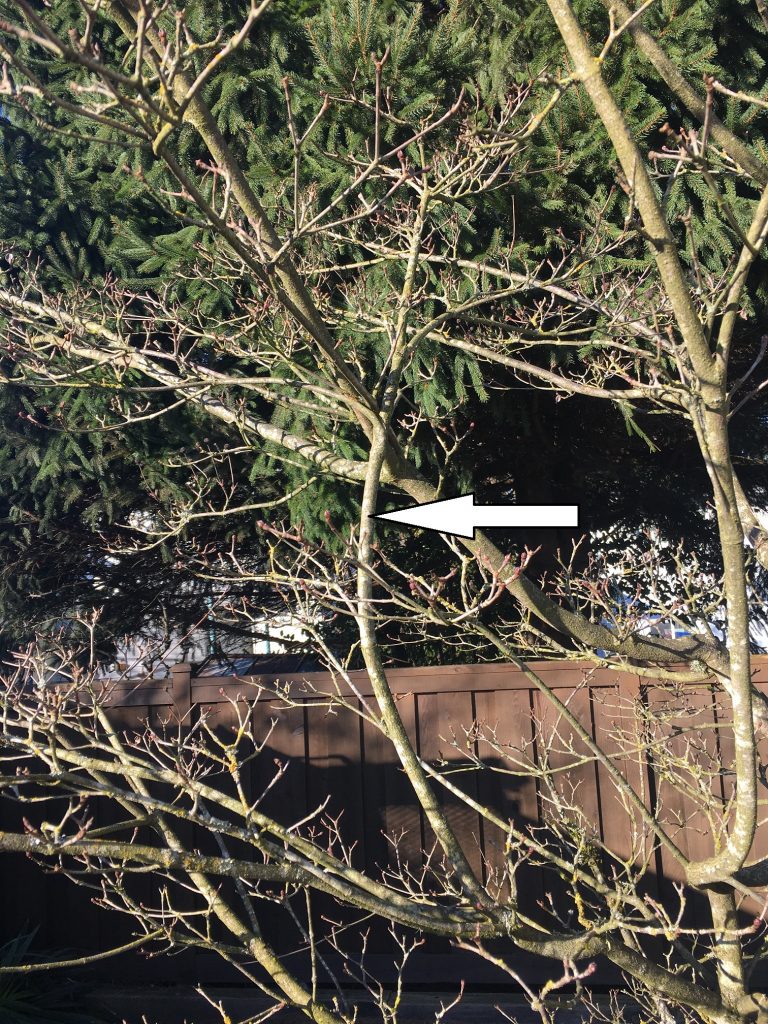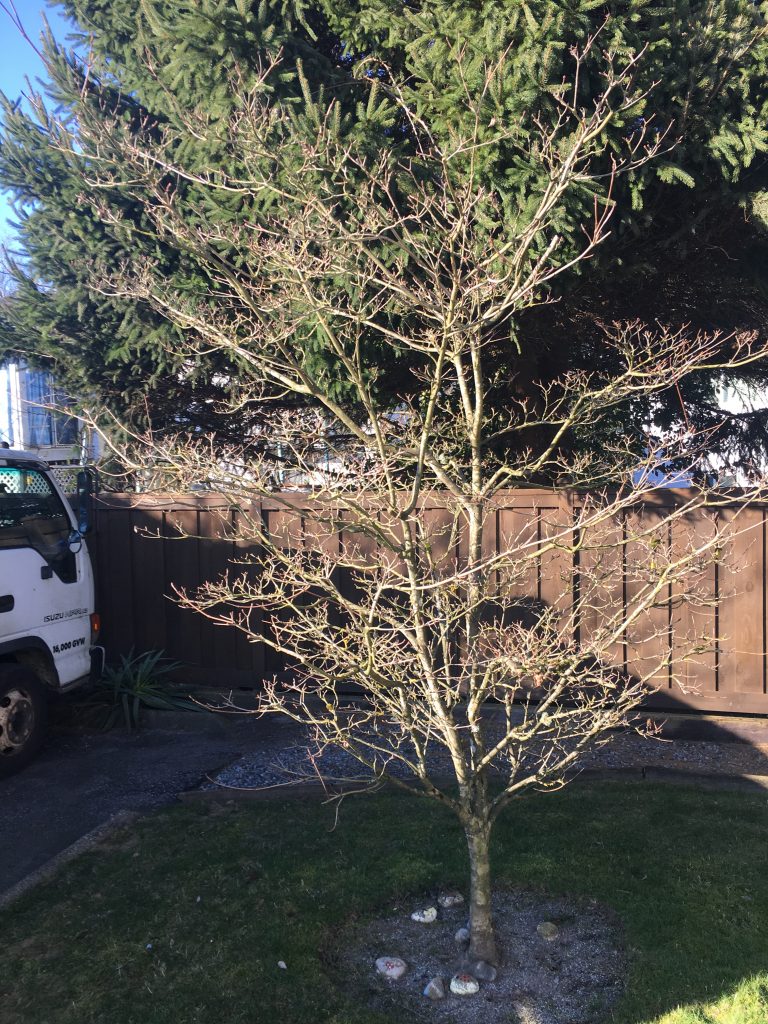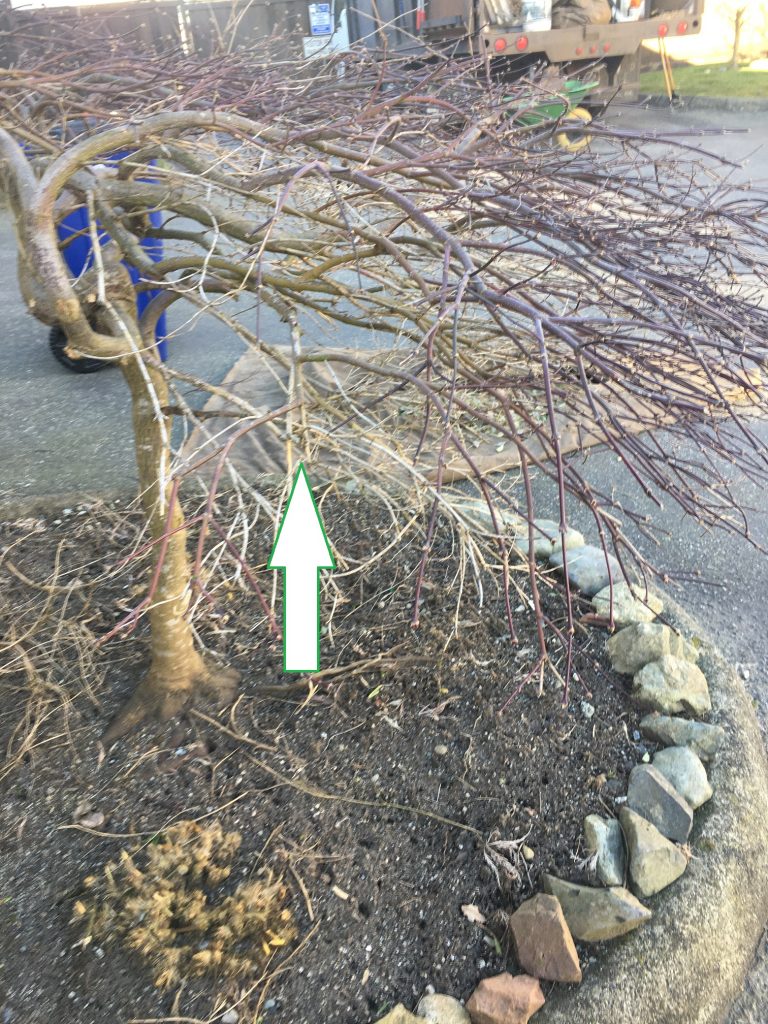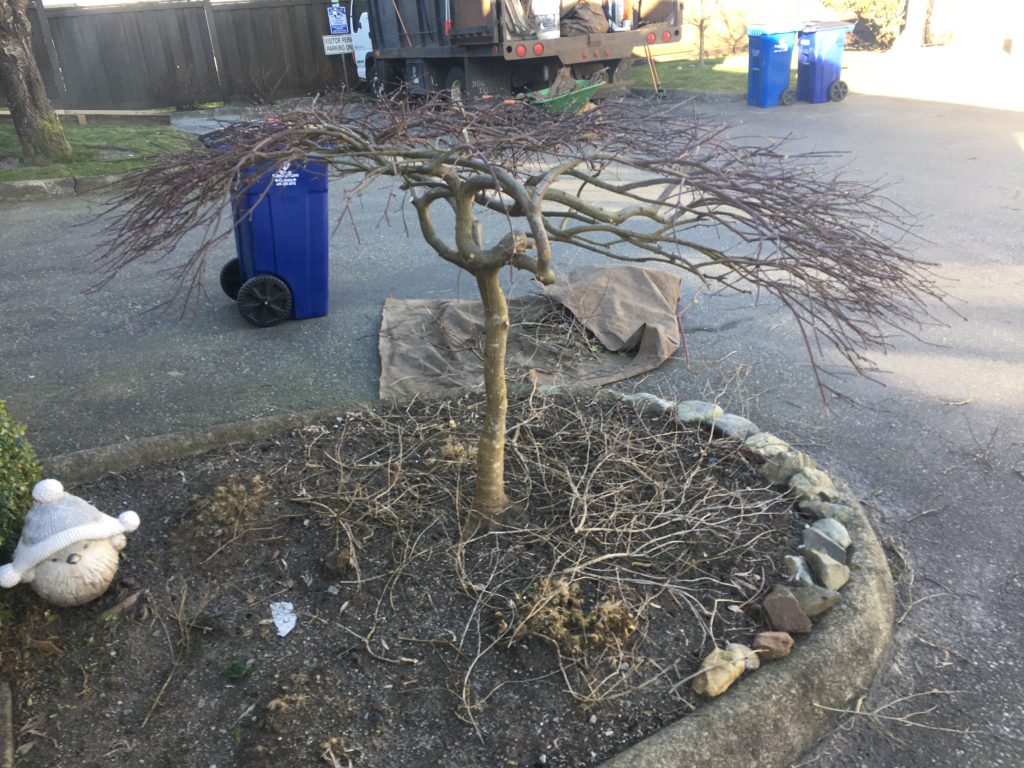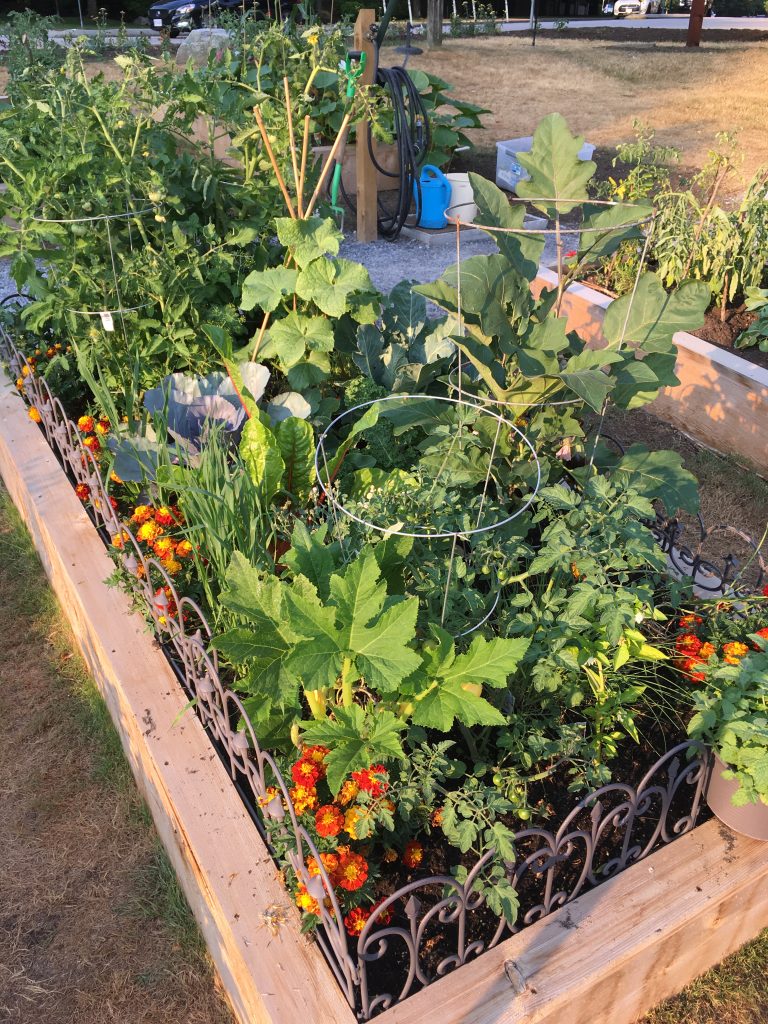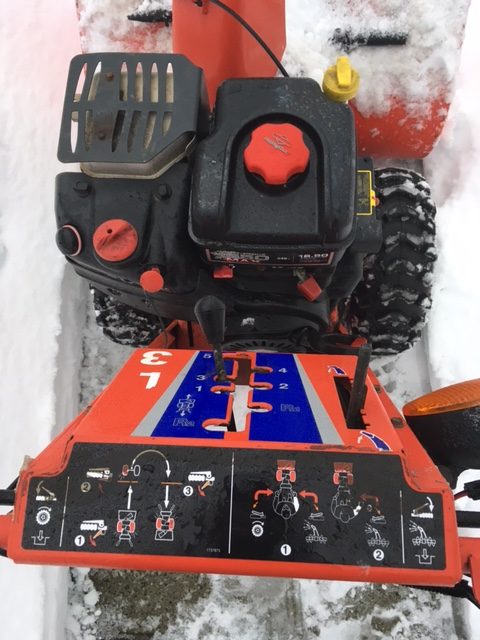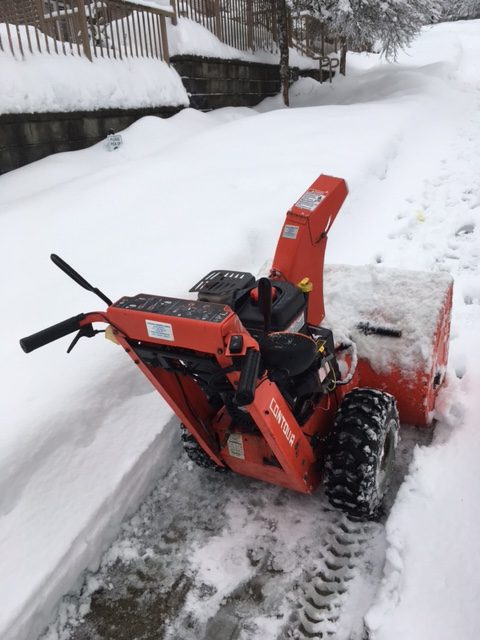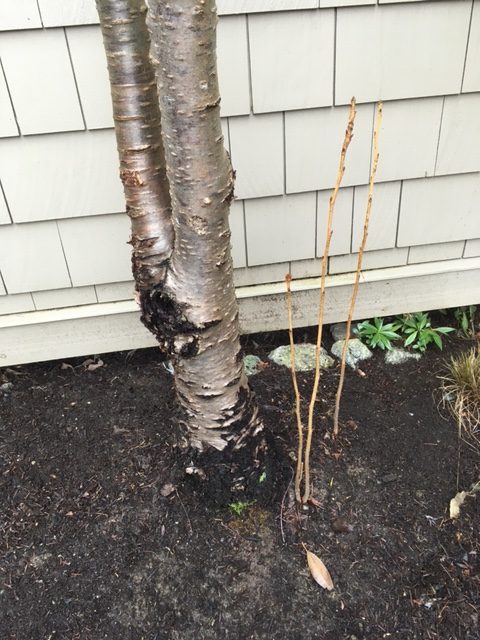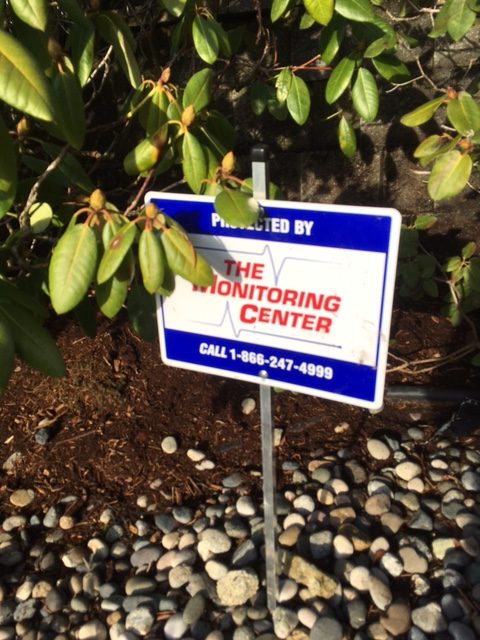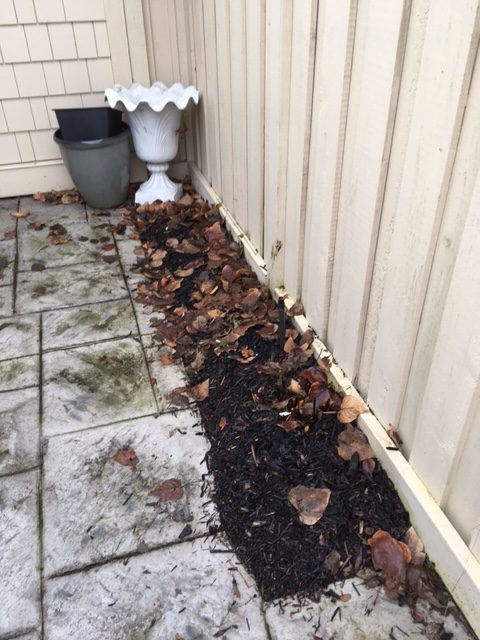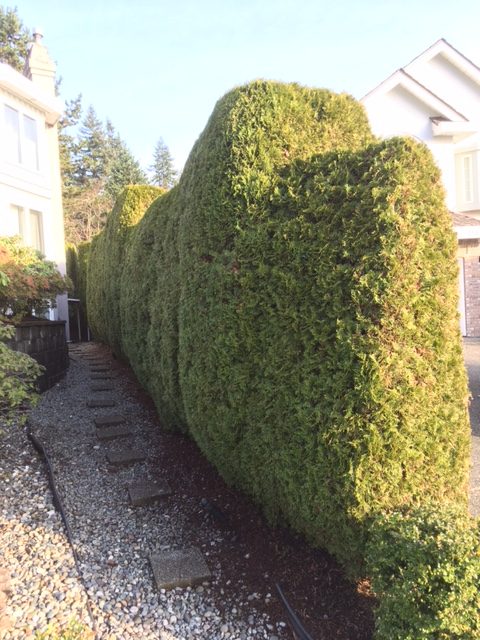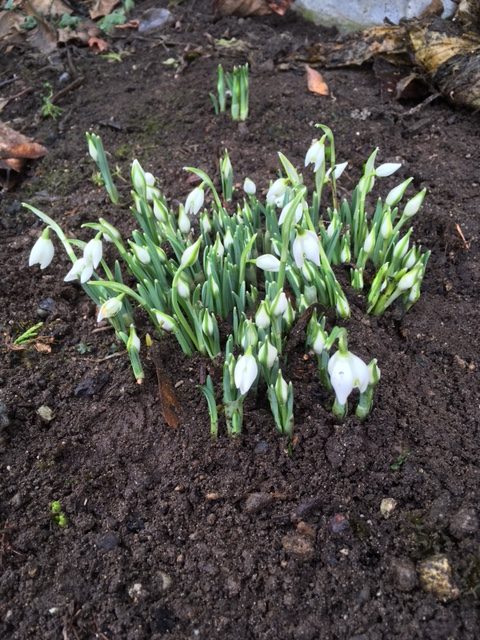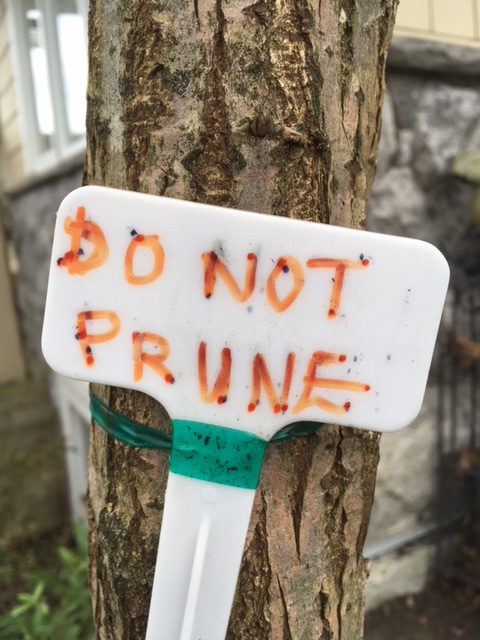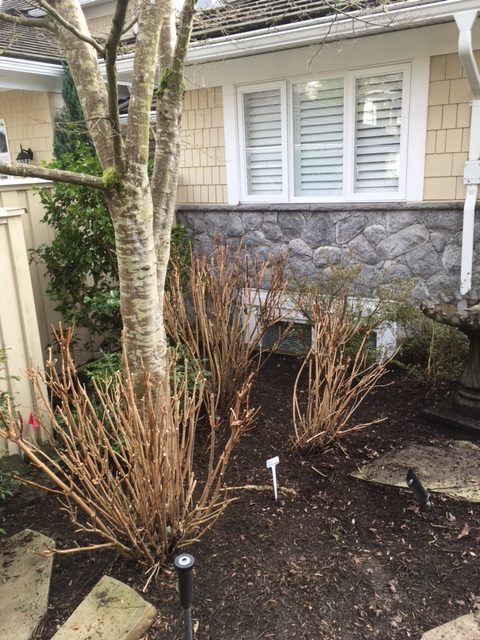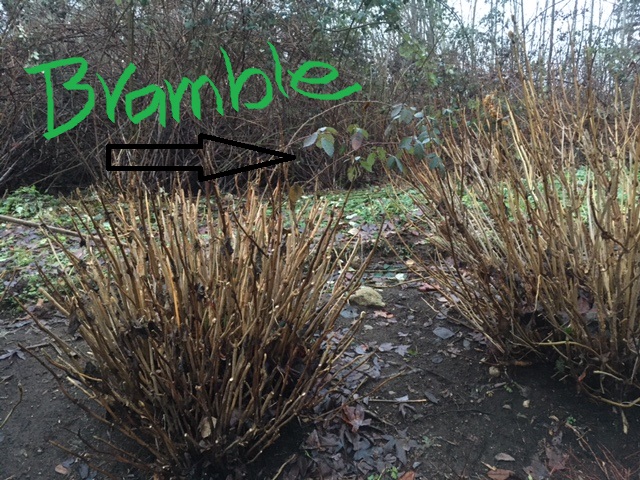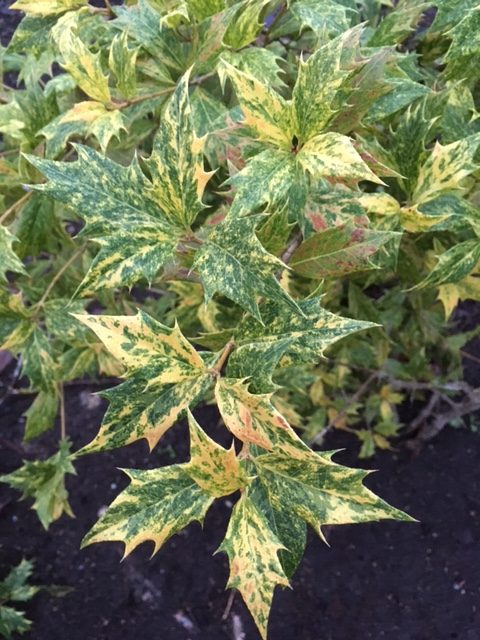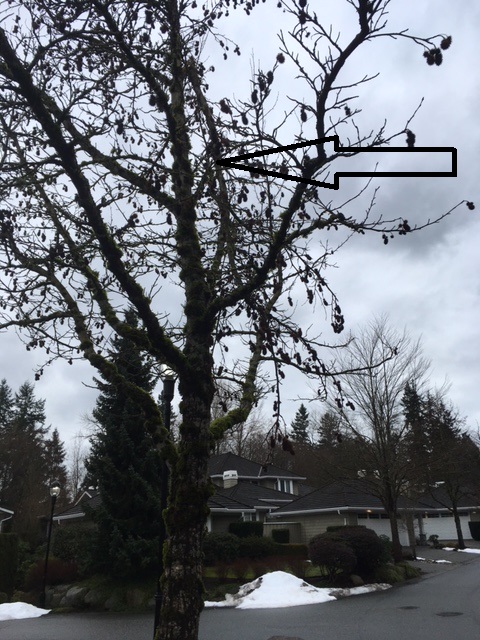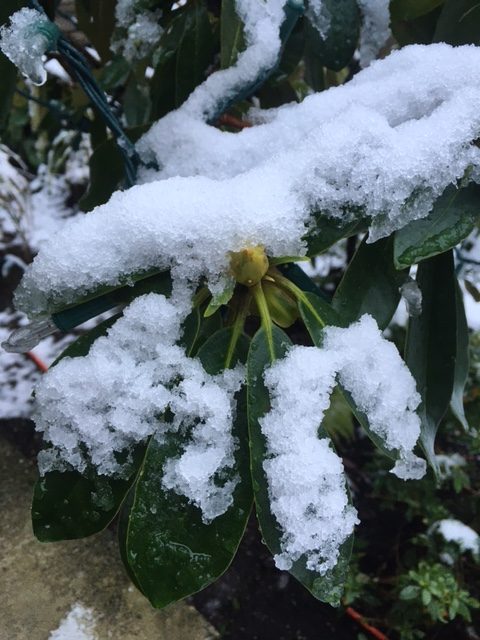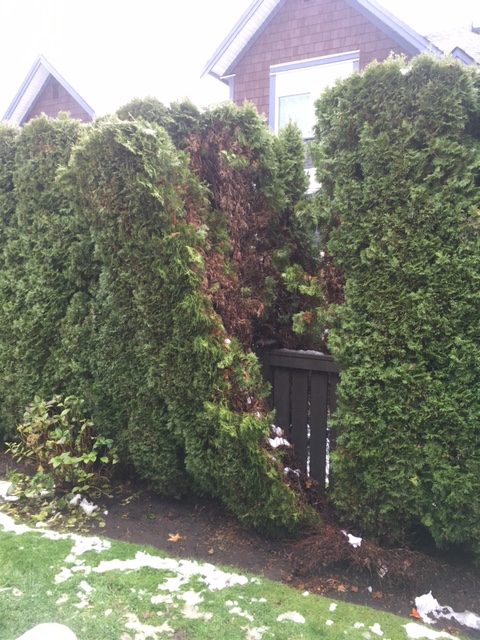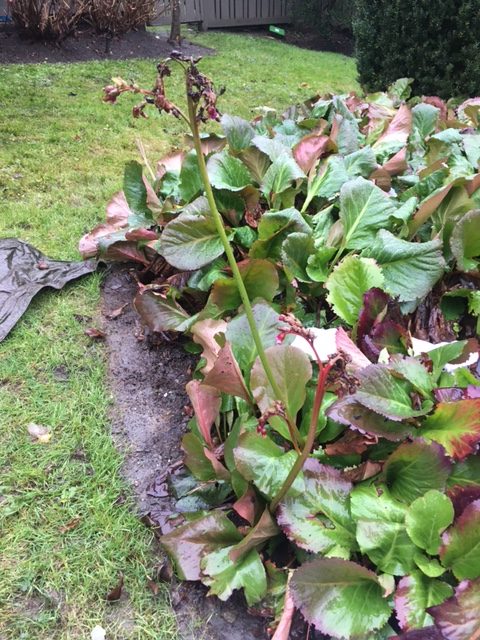Overdue move
“Horticulture to become a LinkedIn category” is what the headline read today (February 6, 2022). I believe it’s an overdue move but, to be honest, I had no idea this was a big deal.
I like LinkedIn because it’s a more business and industry related site; I don’t check in weekly to see whose birthday it is. LinkedIn is way more useful than Facebook. My contacts on the site are solid and they post relevant stuff to my favourite industries: horticulture, arboriculture, blogging and business. I’m definitely a fan.
Horticulture petition
I remember when I created my profile, I struggled to select my industry, because horticulture wasn’t on the list. I think I picked something environmental, which seemed close enough.
Today I found that some people weren’t that forgiving. Like UK-based Ian Stephens who created a petition on change.org and got lots of LinkedIn users to sign it.
He argued, correctly, that horticulture should have its own industry section on LinkedIn. And it took LinkedIn a while to listen. But listen they did and now Ian and the rest of us will get our own industry section.
Gotta love horticulture
I support the idea that horticulture should be more recognized on LinkedIn. When the pandemic hit two years ago, green professionals became border line essential workers. Knock on wood, I never lost a day of work due to COVID. And I quietly hope that streak outlasts the virus.
People stuck inside their homes during lockdown were extremely happy to see us taking care of their landscapes, as if everything was normal. Imagine if they were stuck at home and they could see their overgrown grass and weedy beds from their windows. That would just add to their stress.
This is based on actual comments from our strata (multi-family) residents.
LinkedIn rules
There’s lots to like about LinkedIn. You can meet people in your industry and find a new job much quicker than through other channels. Personally, I love the posts my connections publish on the site.
If you have deep pockets, try the Premium membership because it comes with access to LinkedIn Learning. The site is full of great courses; I’ve taken courses on business, SEO, blogging, and branding. Unfortunately, my pockets aren’t deep so I take advantage of the four free weeks I get. Then I cancel the membership.
People looking for work should definitely consider joining LinkedIn Premium. And now when you join, one of the industry sections will say ‘horticulture’. It’s about time.



